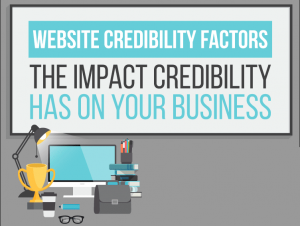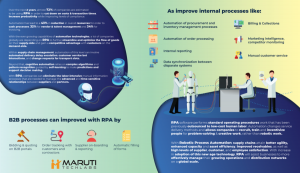
Demand generation is a necessary function that bridges the gap between the sales and marketing departments. It creates and nurtures demand for your product or service while focusing on Return on Investment (ROI) for the company.
Demand generation has five main goals:
- Connect marketing and sales
- Generate qualified leads
- Qualify and rank prospects
- Nurture leads to avoid missing opportunities
- Measure ROI
When a company is trying to establish itself, it can be hard to determine where to start and how to boost demand. Check out our list below of demand generation basics to help you get the ball rolling in the direction of becoming a demand gen pro.
1. Define Goals and KPIs Clearly and Early
It is important for the sales and marketing teams to be on the same page. They need to have the same goals and definition of a “strong lead” etc., otherwise the marketing team will be sending the wrong type of person over to the sales team, and the sales team won’t be able to close the deal because the lead wasn’t that interested in the first place. The earlier you define your goals and KPIs, the faster your sales and marketing teams can begin to work together to close customers.
2. Create Content Your Audience Loves and Trusts
Content is an important part of demand generation because it allows you to speak to your current and potential clients, while giving an identity to your company and brand. Content should be focused on your customer’s needs, not a strict promotion of your own services. Educational and thought-provoking articles will also help boost SEO, making it easier for potential clients to find you in the future.
Tracking who interacts with your content– through comments, shares, or even likes– allows you to follow up and nurture those leads to move them further through the funnel. Also, social shares create brand awareness and free advertising for your company.
3. Nurture Leads to Build Relationships
The online culture of today means that potential customers begin researching your company and product, long before they are ready to buy. It is especially true in a B2B marketplace where the sales process can take several months to close. This is where lead nurturing comes in.
Lead nurturing develops relationships with potential customers through every stage of the funnel and provides information and resources to address customer needs. It keeps your company and product on the client’s mind. With the long B2B sales process, it’s easy for leads to go cold, and if you’re not nurturing them, your competitors probably are.
A great way to do this is through social media and email campaigns.
Social Media
Social media allows you to directly interact with individuals who are interested in your product and create group conversations around topics relevant to your industry. When a lead or active customer comments with a question, it’s important to respond promptly with an answer that develops an identity for your brand. Those asking product-minded questions are basically walking in your front door and asking you to sell to them.
Email campaigns are an easy way to keep your name in front of a potential customer. Once they’ve filled out a form or downloaded an ebook, you have their information and can target them with emails. You cannot be spammy though, or the client will be annoyed and turned away from your product. It’s important that the emails are personalized and relevant to the client’s wants/needs so they know they are valued and vital to the company.
4. Score Leads to Determine Sales Readiness
Sales and marketing should work together to develop a lead scoring model that ranks the “readiness” of each lead to buy your product or service. Scores can be based on various demographics, what actions an individual took to become a lead (did they read a blog post or did they spend time on your pricing page, for example), or a number of other factors.
What’s most important though, is that the sales and marketing teams have the same scores for certain types of leads and have a mutually agreed upon ranking system. That way, as leads are passed along everyone is on the same page and knows how ready they are to buy.
Lead scoring means that fewer leads will be passed along to sales, but the leads that do make it will be of much better quality because they have been highly evaluated. Better quality means the sales team won’t waste time contacting leads who aren’t yet ready to buy, which saves the company time and money.
5. Focus on Customer Happiness and Success
It’s not all about developing leads and selling your product. A successful business is built on relationships and keeping current customers happy. Word of mouth advertising is gold so there’s nothing better than having strong, positive feedback from customers. Those customers will then be walking billboards for your business.
That positive feedback doesn’t come without trying, though. At Bizible, we implemented a customer success team to make sure we’re always available to answer questions, educate clients on our product, offer troubleshooting support, and help clients dive deeper into data so they can improve their own marketing strategies.
There’s no one thing you can do to permanently create demand for your product or service. Demand generation is a constant process that is always evolving and should be evaluated and improved upon frequently.
(120)
Report Post






